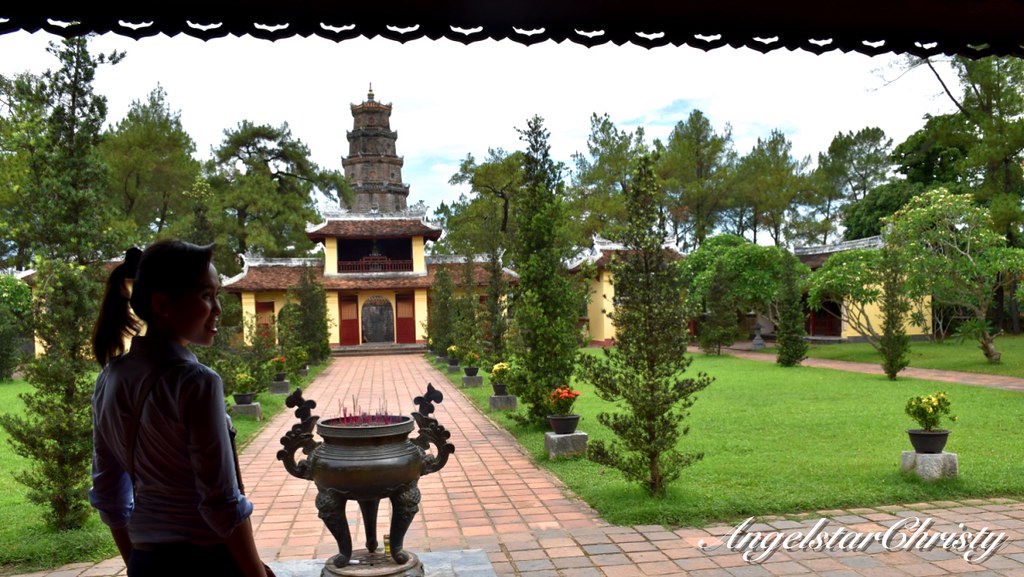
Hue's historical status as an ancient capital has garnered her fair share of symbolic landmarks, each with a unique story of its own, owing to their part in shaping the past of the city.
In fact, it may be even hard to point the most significant of them all, for they are all just as representative of Hue as one another.
The Citadel is perhaps arguably the most associated with Hue's status as the ancient capital, the way the Forbidden City is often symbolic of the Beijing's Imperial past.
However, there is one more local landmark which had been recognised as the symbol of Hue, though unofficially so, for its very presence commands immediate attention to the city's visitors, an eminent structure which stands out to signify that one has arrived at the city of Hue.
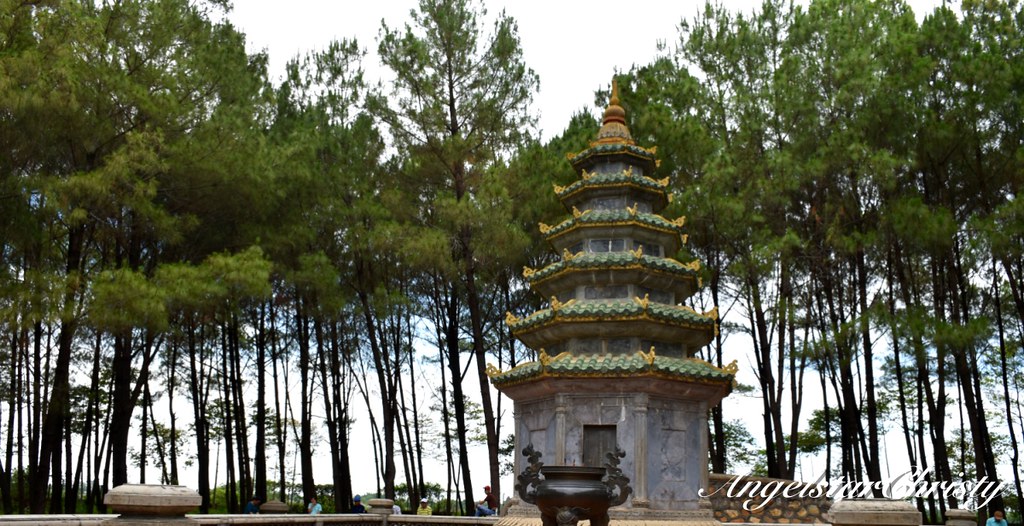
It may be unfair for the Citadel for the mentioned structure stands atop a hill, Ha Khe Hill, and if that is not glaring enough, it is also erected in six storeys in the form of a pagoda.
With its pointed roofs and elevated height, it is not hard to spot this pagoda as one is approaching the city.
It is not the tallest structure in the city though, that would go to the flag tower at the Citadel (so the Citadel still steals the victory after all), but the iconic pagoda has been famously and fondly adorned by the locals as the icon of Hue for it is an unmissable sight as one approaches the city.
Furthermore, the pagoda is attributed to a tale of divine origins and it is no wonder it is popular among the locals as a symbol of reverence and also a fond inspiration for the local folk songs and ca dao (literary forms). It goes without saying that it is also a famous folklore passed down for generations.
The Pagoda of the Celestial Lady has a significant beginning and link to the heavenly realm, evident in the name of the pagoda itself.

Legend has it that an old lady, dressed in red and blue was found sitting on the site of the current pagoda, and prophesied that a lord (or in some versions, the true ruler of the land) would arrive and when he does, would construct a pagoda to pay tribute to the heavenly realm and to pray for the well-being of the country.
Coincidentally, it was the first of the Nguyen lords, Nguyen Hoang, who happened to be touring the city, was the one who stumbled upon her and upon hearing her words, ordered for a pagoda to be constructed.
It was then in 1601, and this very event was even recorded in the imperial annals.
Lord Nguyen Hoang was then the governor of the city, which was then also known as Thuan Hoa.
The old lady was believed to the Thien Mu, a mother of the heavenly realm, or simply, the Celestial Lady and it was in her honour that the pagoda was erected.
The first time it was built, it was done plainly and it underwent further refurbishments after that, though it was only in 1655, when the pagoda was re-established on the orders of the then Lord Nguyen Phuc Tan, to what we know and see as it is today.
It is quite an interesting story, for it is not just the basis for the importance of this icon for the city of Hue but also the way it is set against the divine realm of the heavenly which ties in its elevated site perfectly.
It is indeed symbolic enough to warrant the icon of the ancient capital on a whole.
It is not a huge site and it probably takes an hour or less to tour the grounds of the pagoda; with special attention to the six-storey pagoda which is the centre of attention.
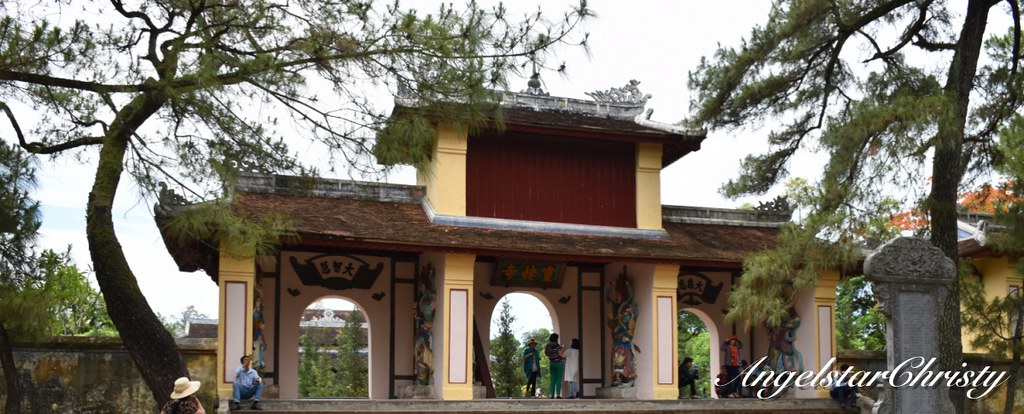
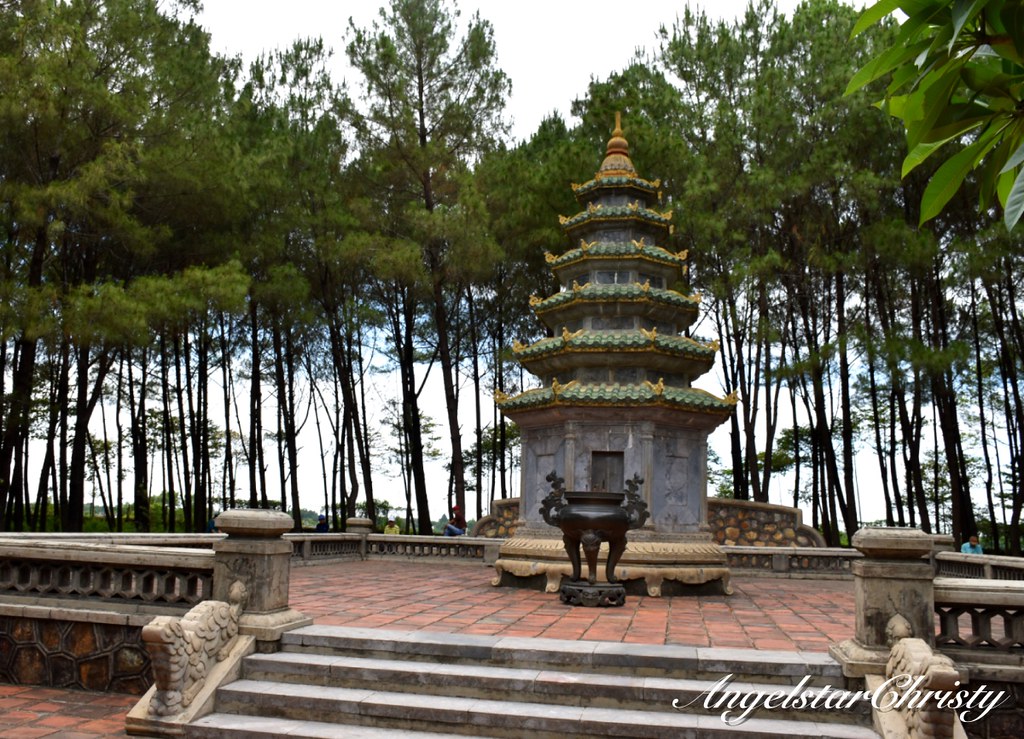
It may have a devotional beginning but the pagoda's importance lies not only in its spiritual origins, for its emblematic presence also casted it in the centre of the city's identity where this leads to the pagoda being the site to witness the key events which took place in the city's history.
One such event is the protest against President Ngo Dinh Diem in the year 1955, who angered the locals for his avid support for Catholicism, which led to the Buddhists reacting against his movement.
It was one of the most hostile movements which even resulted in deaths on Vesak Day.
The tumultuous uprising was never forgotten, and the pagoda was the main site for the Buddhists in their demonstrations, strikes and protests towards the then government.
There was even an old Austin motorcar which was still kept on the pagoda grounds, which was used for a follower's self-sacrifice during the protests.

Most importantly, despite the tragic events and despair which loomed over the skies of the pagoda, the serenity of the site is amazingly unaffected.
The most elemental experience of the site is the the sense of tranquility and peace one can definitely feel while standing or walking around on these grounds.
It must be that divine effect, a feeling that can equate that of being in a celestial realm altogether, of sanctitude and divinity.
Perhaps the Celestial world is not that far after all, and the pagoda is the portal to connect the earthly to the world up there.
Citadel it is not, but it definitely has a commanding voice of its own and in some ways, it is also an imperial sphere, of another sort, though, the heavenly kind, of course~

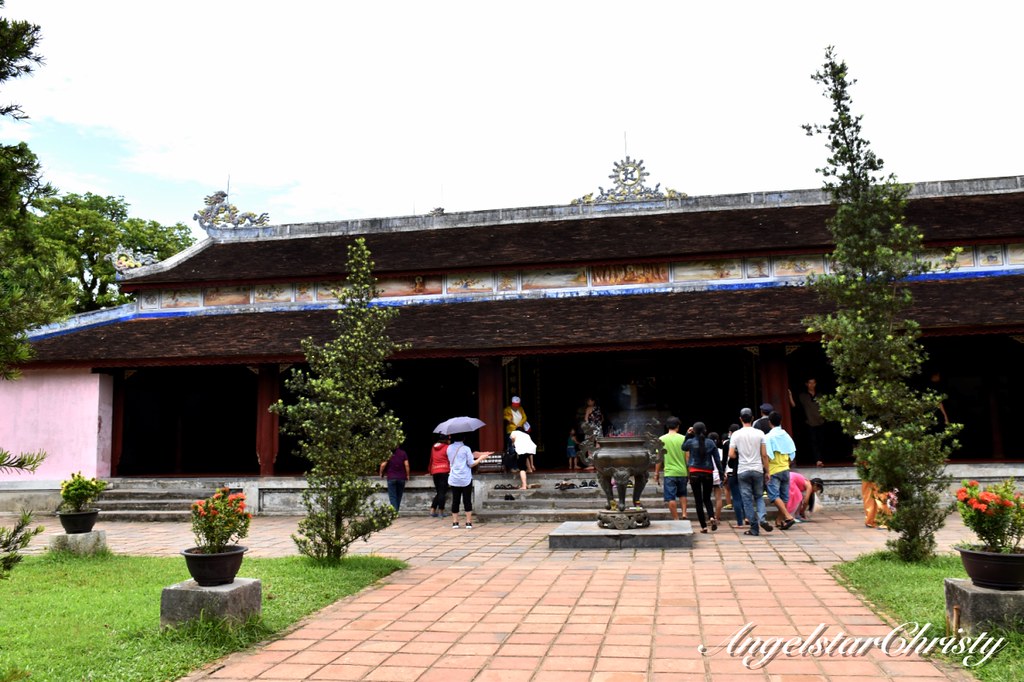
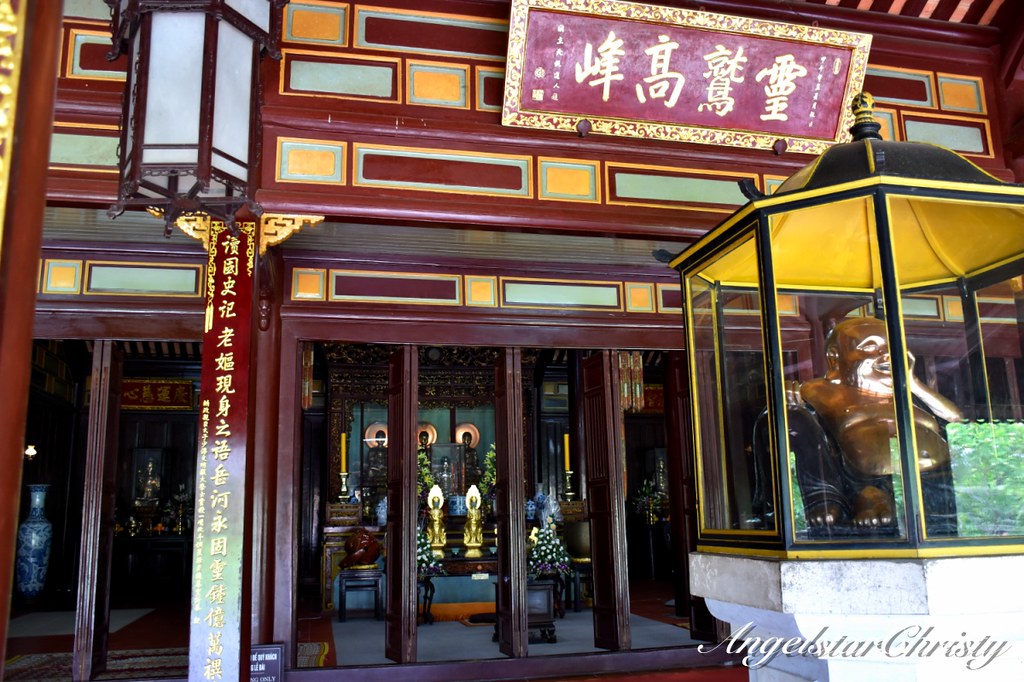
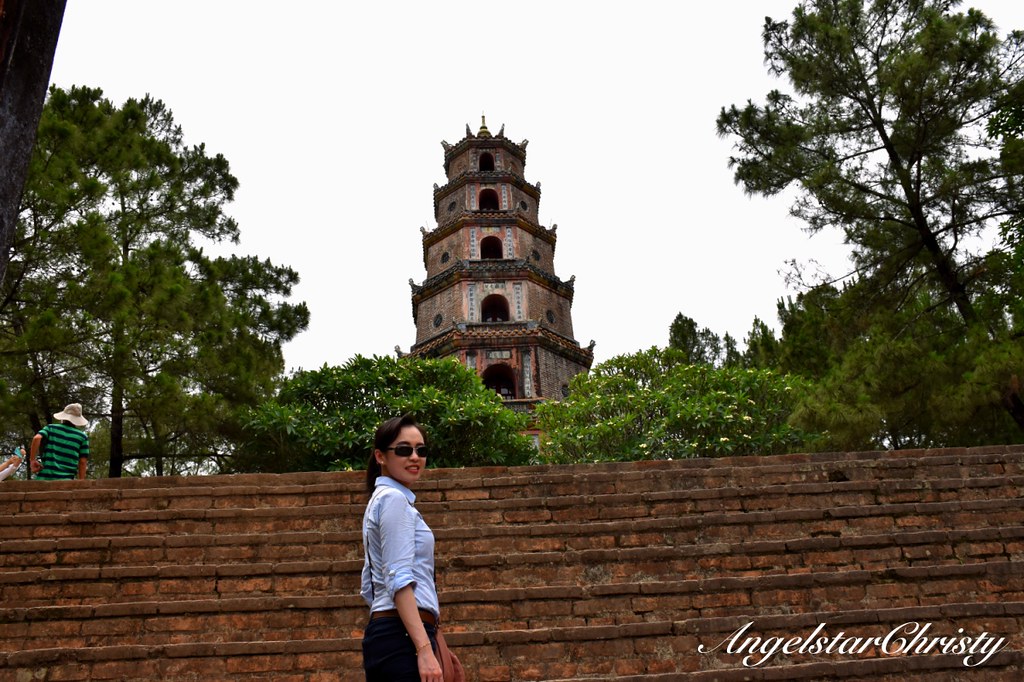
You do not have to agree with me.
Art Direction and Photography Styling by Me.
Photos/Videos all belong to me and are copyrighted.
Please kindly ask for permission if you need to use any of my images.
Check out my Pinterest @Angelstarc
Follow me on my live updates on my life, happening on SNAPCHAT @angelstarchrist



0 comments